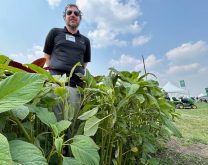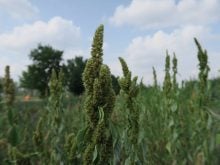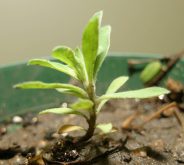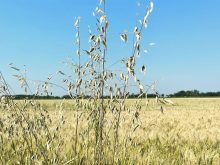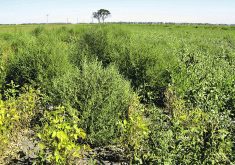North Dakota farmers struggle to manage invasive weeds, and Man. producers have much to learn from their experiences
FARGO, North Dakota — You don’t have to take the dangers of herbicide resistant weeds seriously.
Some farmers in North Dakota didn’t, daring to grow soybeans on soybeans three years in a row after resistant waterhemp showed up in their fields.
“You can go from a few plants to (having waterhemp) across the field in about three years,” Joe Ikley, an extension weed specialist and professor at North Dakota State University, said in an interview in his office on campus.
If farmers ignore these invasive weeds, the waterhemp not only has time to grow freely and expand its territory, but harvesting the crop spreads millions of seeds.
Read Also
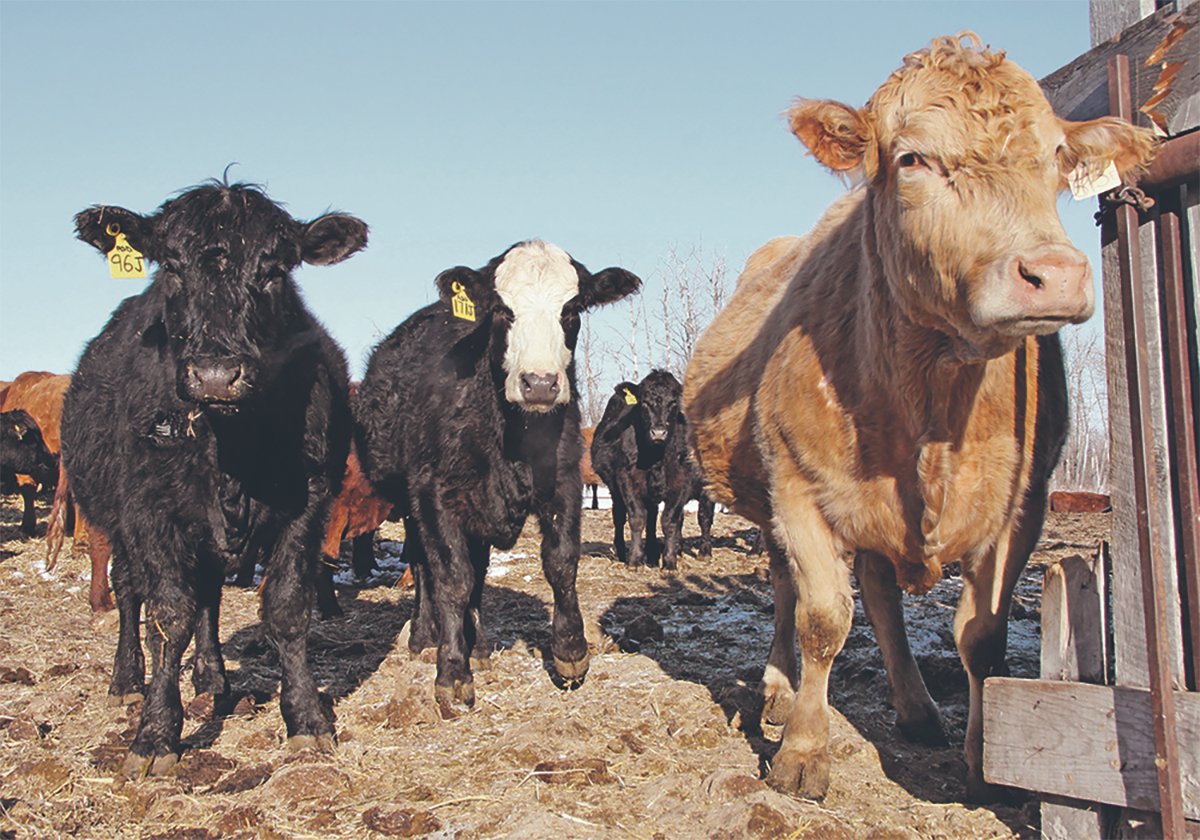
Livestock inspection costs increase in Saskatchewan
The Sept. 1 50-cent increase to livestock inspection fees may seem like another hit when everything is going up, but the chief executive officer of Livestock Services of Saskatchewan said producers should consider the value they receive in return.
“That’s how we go from a patch or a couple of patches to a field.”
Eastern North Dakota is upstream from southern Manitoba’s Red River Valley. In recent years, weeds like waterhemp have been moving north along the valley. With every spring and every flood, the waters carry and spread the seeds of weeds that are hard to control.
Whatever happens in the southern Red River Valley will almost inevitably end up in Manitoba’s part of the valley within a few years.
Sugarbeet farmers and soybean growers are particularly plagued by waterhemp, but the multiple-resistant weed has also become a problem for small-grains farmers in particular years when the weed gets up before the crop can outgrow it.
“If we could seed by April, waterhemp really shouldn’t be an issue,” said Ikley, noting that farmers have struggled in recent years to get crops in before May, giving waterhemp a chance to establish.
The weed has become mostly immune to most chemistries.
“Up to four-way resistant waterhemp is what we have confirmed,” said Ikley.
That resistance is to Group 14 foliar applications. Group 2, Group 9 (like glyphosate), and now Group 4 (dicamba) reisistance is also appearing in North Dakota.
“We’re finding more of that (Group 14 resistance) stacked on top of Group 2 and Group 9,” said Ikley.
“Three-way resistance is becoming more common.”
That leads to big chemical bills and management headaches for growers who take the threats seriously, and lost fields to those who don’t.
The good news for farmers is that early infestations can be hammered down. Hand-pulling small patches gets rid of the plants before they can release thousands of seeds.
A good rotation that allows different chemistries and crop timing has enormous benefits.
“With good programs, we can get over 95 percent control on a pretty consistent basis,” said Ikley.
Cereal crops play an important role in the rotations. They can be seeded early, so crops like wheat can often get up and above waterhemp seedlings, preventing them from growing to seed-setting size.
Farmers who embrace a planned rotation fare well with waterhemp and other herbicide-resistant weeds, but many farmers still plan their acres based upon spring price outlooks rather than agronomics.
Residual herbicides are effective at suppressing the appearance of waterhemp, but farmers who make seeding decisions based on the markets avoid using those to increase their ability to switch crops. That gives waterhemp a chance to get a good start.
“Those are the ones that can be problematic,” said Ikley.
“You really should be planning a multiple year rotation strategy for waterhemp control.”
Waterhemp is a tough customer, even for those who include cereals in their rotations. Wheat’s comparatively early harvest sometimes lets chopped-off waterhemp plants sprout from the stem and reach seeding maturity before winter freeze-up.
“Wheat still does help,” said Ikley, but a post-harvest pass or two might be required to eliminate newborn waterhemp.
Kochia is a problem on the eastern edge of the U.S. Great Plains, like it is in eastern Manitoba. The prevailing winds have brought the tumbleweeds rolling in from the west, but there are also well-established resident populations.
Glyphosate and dicamba resistance at regular rates is becoming common, as is resistance to Group 14 burn-down products.
“All of those resistances are stacked together,” said Ikley.
Palmer amaranth, a plague in the U.S. South, has appeared in several places in North Dakota, but hasn’t gotten out of control. It’s in 19 of 53 counties, but only about half a dozen infestations are widespread. About two dozen are considered to be under control.
For the under control situations, farmers got out fast and hand-rogued all the visible Palmer amaranth they could spot, which stopped their spread.
“That’s a pretty good story for us,” said Ikley.
But in general, the spread of herbicide-tolerant weeds along the Red River Valley has meant nothing good for farmers.
“It means fewer options and usually a more expensive chemical bill,” said Ikley.
“Once you have a waterhemp field, you kind of have to treat that as a waterhemp field.”






